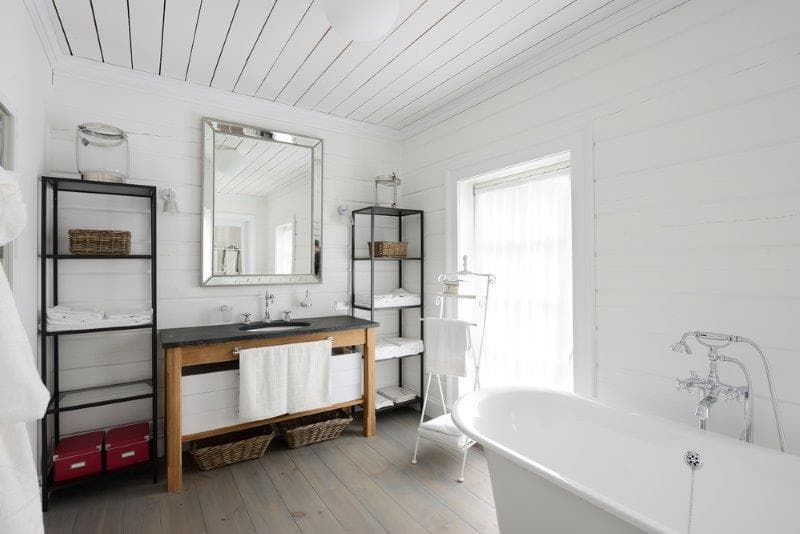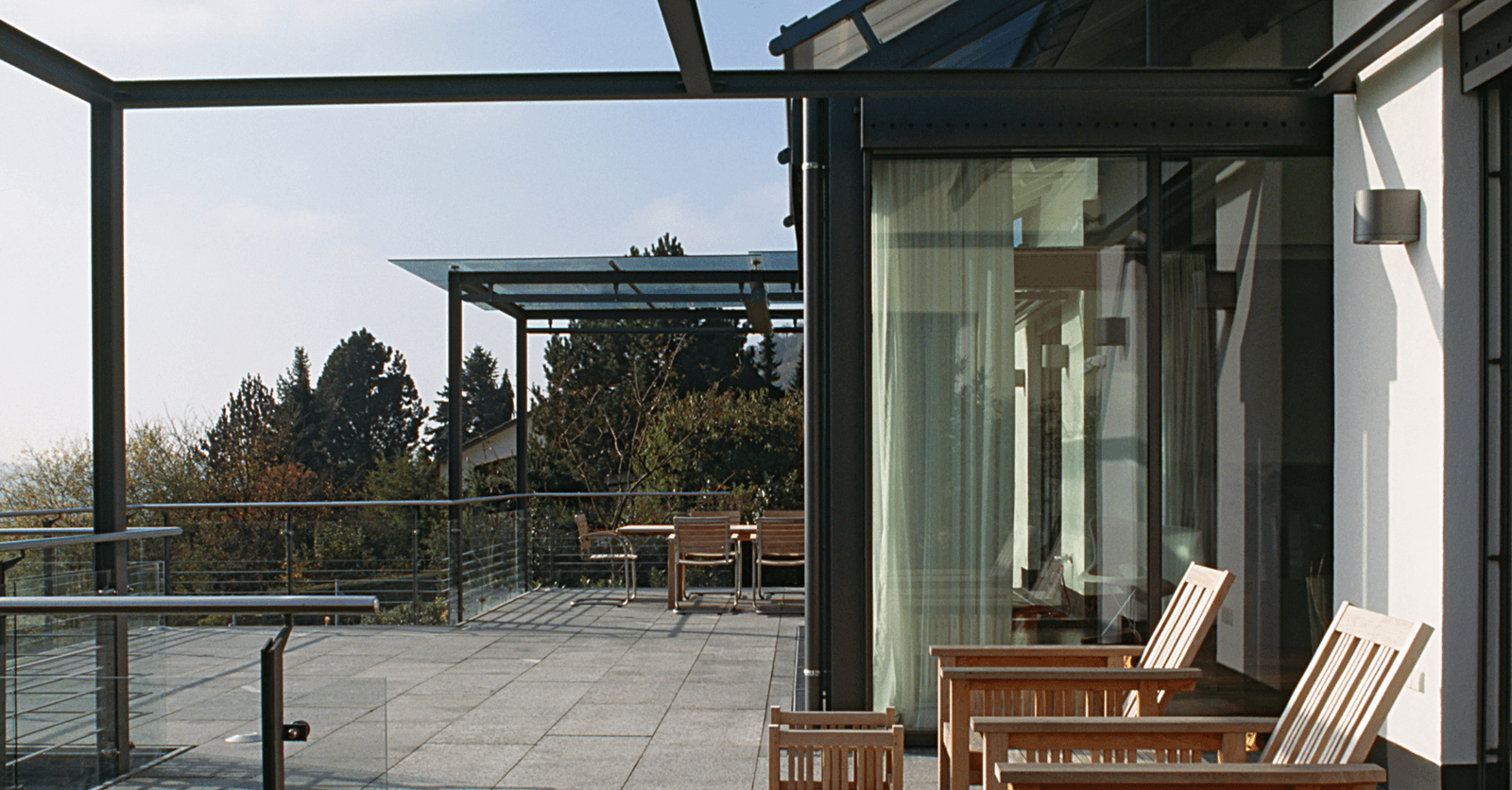
When it comes to your bathroom, you want things to be cool, clean and comfortable. We might not realize how much time we spend in this space but the bathroom is one of the most frequented areas of the home. Bathroom appliances and accessories are fundamental to how the room feels, so when it comes to choosing them, the job is significant.
Take the bathtub for example: with several models, shapes, sizes and colours available to consider, you’ll need to find the right one to suit the needs of you and your family.
If you’re not sure where to start but are looking for more information on how to choose a bathtub, then you’ve come to the right place. Here are some tips to assist you when choosing the perfect bathtub for your home!
Here's how to choose the right bathtub for your home!

source: unsplash
Identify your needs
Before you get started on the quest for the perfect bathtub, take the time to identify your needs. Start by asking yourself these questions about your home as well as your family
How many people will be using the bathtub?
How frequently will the tub be used?
What are the age and weight needs of your household, including old age or reduced mobility, children or adults in good health?
Will several people be using the bathtub at the same time?
Do you want to move the location of the tub, and if so, is it possible to do?
Are you renovating an existing tub or are you installing a new one?
Do you prefer a deep bathtub or a classic tub?
All these questions will allow you to refine your criteria for selecting a tub. This way, you will be able to start shopping for a bathtub with a better idea of what you're looking for in mind.
Define the space
It’s an excellent first step to identify the needs of yourself and your family, but it’s still a necessity to know what will fit within the dimensions of your bathroom. Not every model is going to work for every space. Indeed, there are standard dimensions and these fall roughly around 60" length to 30" or 32" width and 19" deep.
Certain bathtubs can be very large, so if you’re looking for something that would fit more than one person, that’s possible. There are models on the market that are designed for two people as well as others that have been adapted to accommodate individuals with reduced mobility.
Before starting to shop, take careful measurements in the space where the bathtub lives, as well as measurements of the space itself. This will help you to avoid the dreaded purchasing of a bathtub that doesn’t fit inside your bathroom.
Choose Your Bathtub Model

source: unsplash
As we mentioned, many different models are available on the market and thus you’ll be looking to select one that is convenient and functional in relation to your needs, your tastes as well as the available space in your bathroom.
The alcove bathtub is a very popular model, and this affordable tub doesn’t require too much space, as it is designed to be embedded between three walls. The form of the tub is generally oval and it’s available in a variety of colours.
The podium bathtub is anchored into the floor. The shape of this tub varies between oval and rectangular. One of the benefits of this tub is that the material it’s made out of makes it customizable (ceramic, stone, wood, etc.) Therefore, there will be a wide variety of choices and colours to pick from.
The freestanding bathtub is a model that sits directly on the floor. A contemporary design, this tub needs the space as well as the correct connective piping. Unfortunately, this can be quite a complex installation job and thus, isn’t as versatile as the other options mentioned. If it does work for your bathroom, there’s some good news that several shapes and colours will be available.
The clawfoot bathtub is a classic. This model is placed directly on the floor with its signature claw footprints. This style of tub is deep, durable and therefore has a long lifespan. However, do bear in mind that the pipes are usually visible and it can ring in at quite an expensive price.
The soaking bathtub model is partially or fully built into the floor. It’s a big and spacious option but requires a very solid structure because it does hold large amounts of water. For this reason, it’s not ideal for a second-floor bathroom or in an older home.
The adaptable bathtub is placed directly on the floor. Designed for individuals of older age or with reduced mobility, it is equipped with a watertight door, a bench and security bars. The installation of this style of tub is very complex.
The bathtub-shower is pretty self-explanatory, as this model includes a showerhead. The installation is easy. However, this model will ideally be installed between two or three walls, in the corner or also in an alcove.
For all of the various bathtub models, it’s possible to add a manual showerhead or support. Furthermore, there are whirlpool or therapeutic bathtubs, which are more sophisticated but also more expensive and difficult to install.

Choosing your bathtub material
Bathtubs don’t only come in different shapes and sizes, they come in various materials as well. There are lots of options available on the market, so it’s important to consider how these will affect your home.
Acrylic is the most popular as it’s light and easy to maintain. This material is personalizable and retains heat well while also being difficult to scratch or damage. However, thin spots can occur sometimes due to their construction process, and this will cause wear in corners of the tub.
Another material option available is enamelled steel which is a steel-based material with an enamel cover. The resulting finish is glossy and has an element of luxury. This option is easy to clean while also being low-cost.
Cast iron is the most tried and tested material and if chosen, can last for years. Not only is it incredibly durable but it’s sturdy. Due to its weight, if you’re opting for a cast-iron tub, it’ll be best to keep it on the ground floor. Again, shop according to the needs of yourself and your loved ones, your budget and your home.

source: Pixabay, stux
Among the many accessories of the bathtub, one of the most important is the tap. This is another place where you can add a little personal flair to your space. Research the various models (motion detecting, one or two levers etc.) as well as the material (chrome, brass, stainless steel,) that are available! Choose a tap which is both appealing as well as practical. Locate your nearest bathtub supplier. Other superfluous accessories are available, such as a supporting cushion or a non-slip bath mat.
Once your choice is determined, there isn't much left except to install your new bathtub or renovate the one you already have! If the correct pipes are in place, it’s possible to specifically opt for certain types of bathtubs such as the alcove or bathtub-shower models. However, if the installation of the tub requires the pipes to be manipulated or moved in any way, it’s important for you to get in touch with a certified plumber. Other models like the self-supporting or adaptable bathtub are much more complex to install. For the best results, get in touch with a contractor if you do not feel as though you possess the necessary skills to install these models.
For more details regarding the bathroom, check out these articles:
Get 3 quotes for your bathtub renovation project
RenoQuotes.com can help you find a trustworthy contractor for your bathtub renovation project. By submitting your project to us, we’ll be able to put you in contact with the best companies in our network. Fill in the form on the homepage (it only takes a few minutes) and you will be contacted by trusted professionals.
Dial 1-844 828-1588 to speak with one of our customer service representatives.
Looking for something else?
Related articles
The latest industry news, interviews, technologies, and resources.

Cynthia Pigeon
•05 Dec 2025
A common question among those renovating their bathroom is whether to opt for a bathtub or shower. While the initial focus is often on space constraints, there are other factors that come into play when making the final decision. So, what exactly are these factors? Keep reading to find out!

Editorial Team
•07 Nov 2023
It shouldn’t be surprising that the bathroom is almost always the smallest space in the home. Even if you’ve been blessed with a big bathroom, this room needs to accompany plenty of competing features.

Léa Plourde-Archer
•27 May 2025
Building a porch on the façade of your home can offer a beautiful addition to the great outdoors. Whether entertaining or simply enjoying a summer evening breeze, homeowners like yourself often splurge to add this home accompaniment. But with any renovation project, there are always costs involved. So, exactly how much does it cost to build a brand new porch?

Editorial Team
•03 Jun 2025
Whether you want to modernize your home, reclaim some living space, create a unique partition, or accommodate a family member with reduced mobility, installing sliding doors is a smart choice — they’re both practical and timeless.
Editorial Team
•23 Jul 2025
Whether it’s getting ready in the morning before leaving for work or treating yourself to some well-deserved R&R at the end of a long day, the bathroom is a space where one spends a considerable amount of time. And that’s why a bathroom that’s been hit hard by the passage of time can quickly become a nuisance, both in terms of function and aesthetics. Fortunately, the latest bathroom design trends can help turn your space into a modern and calming retreat.